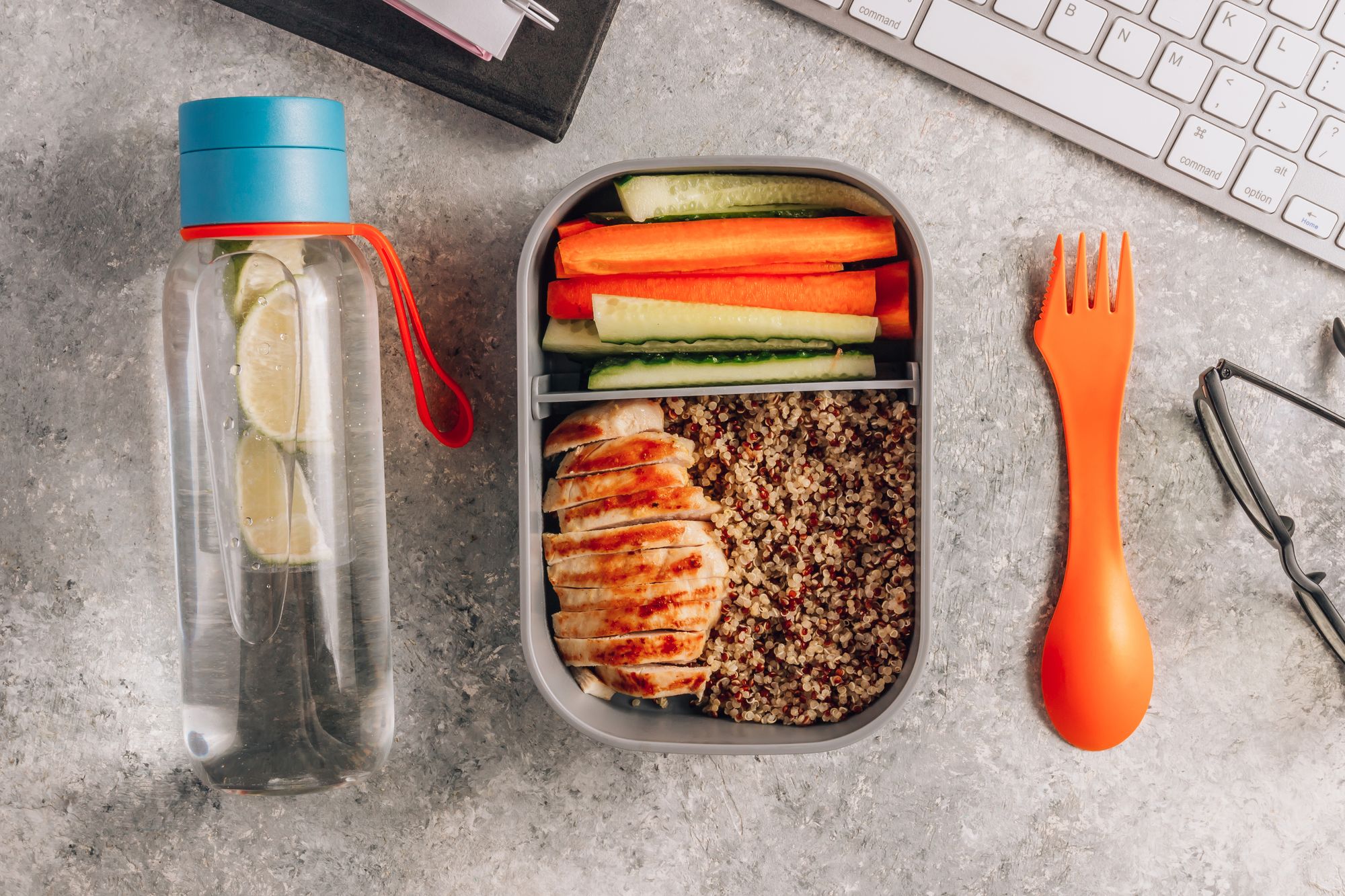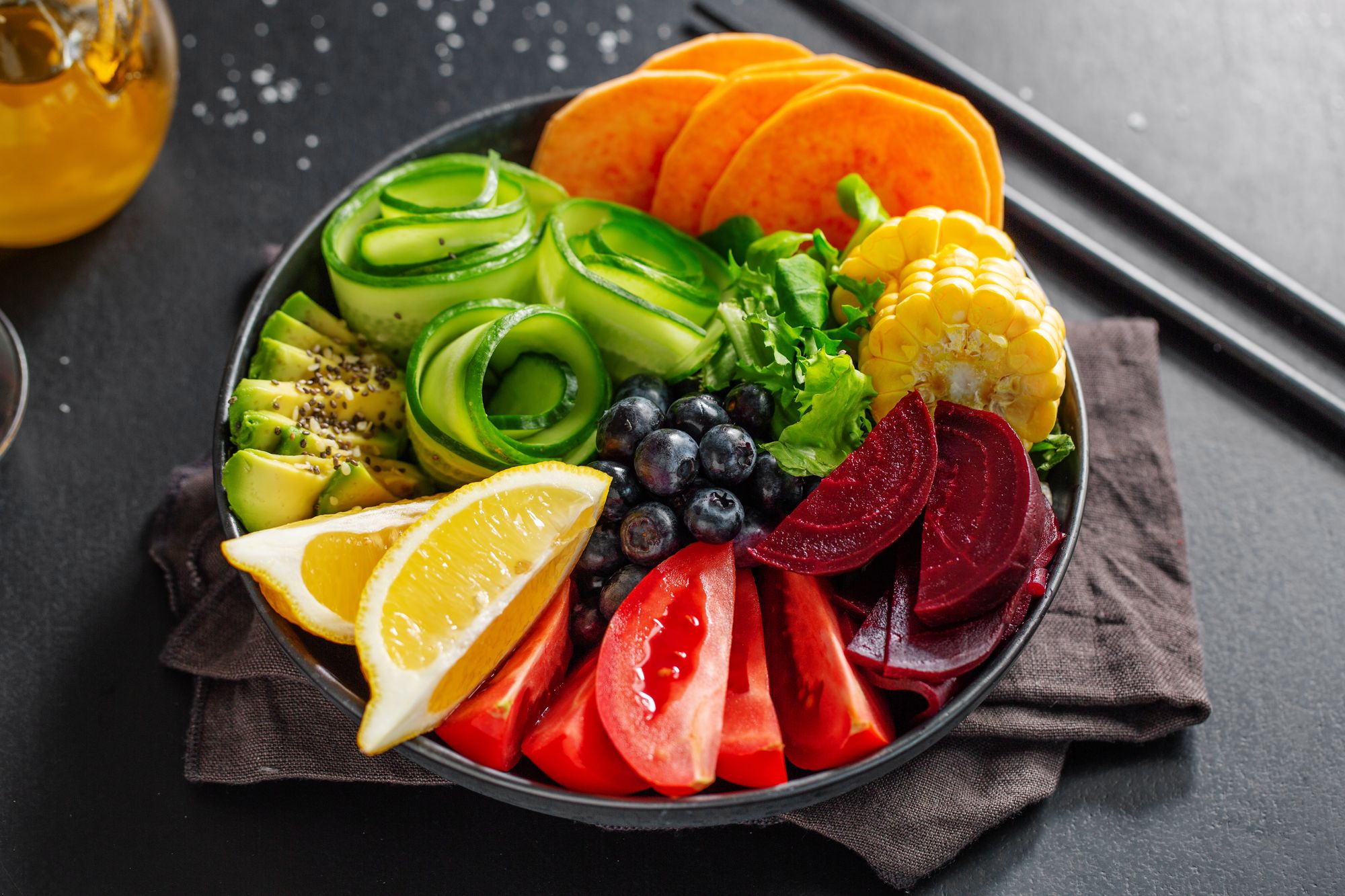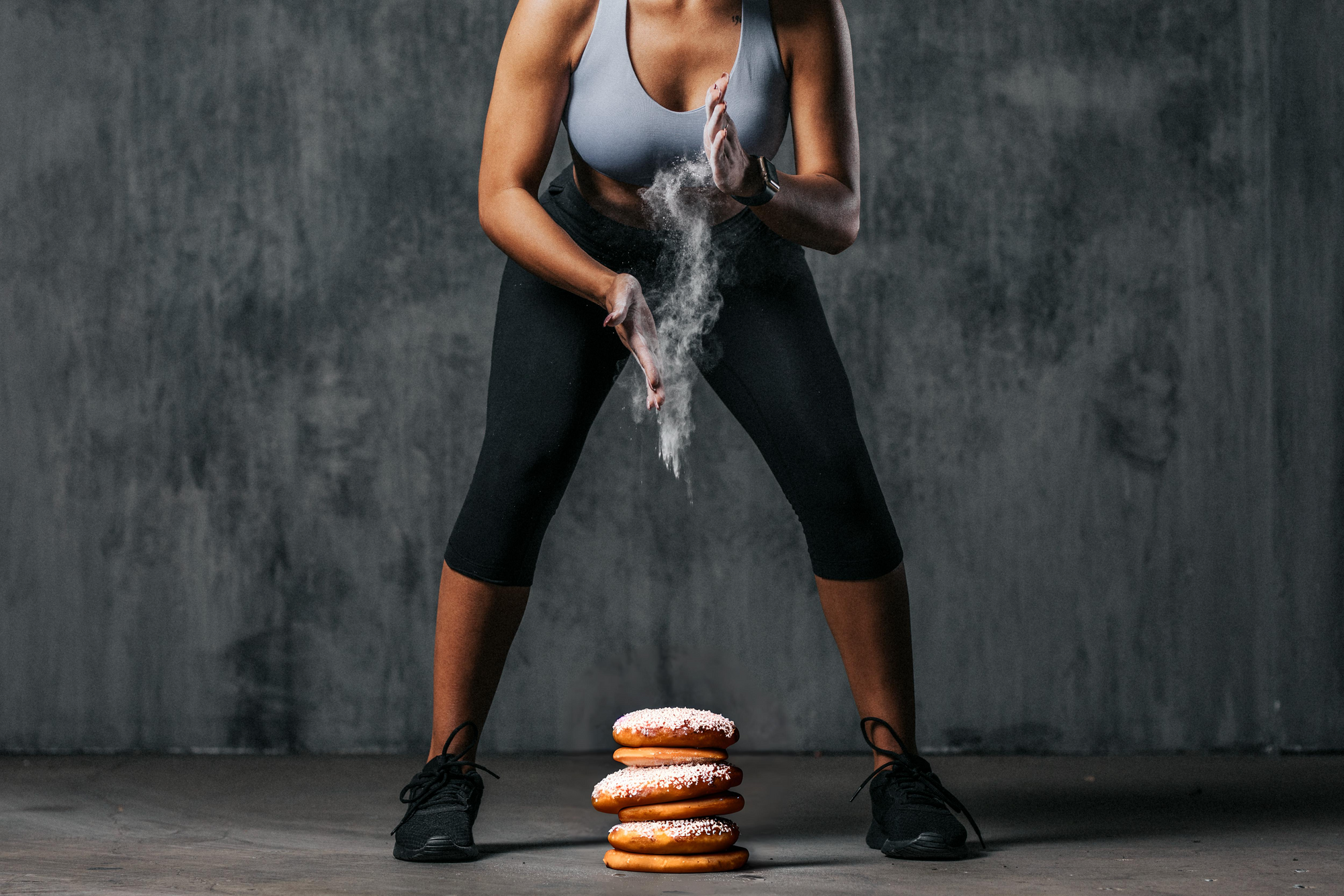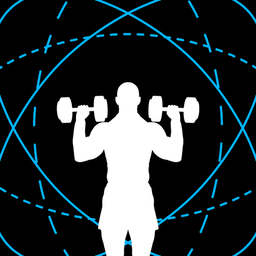How to Stop Appetite Naturally (5 Hunger Management Strategies on a Diet)
Hunger can quickly derail your weight loss aspirations. But you don't have to be hungry — here's how to stop appetite naturally while on a diet.

You’re hungry. Again.
While you'd anticipated that hunger would come as a natural "side effect" of dieting, you didn't expect it to feel this … intense. All-consuming. An insatiable ache that arises in your stomach — strong-arming your brain to "Eat, eat, EAT!"
Impossible to resist.
Unless you understand how to stop appetite naturally (i.e., without using problematic GLP-1 RA medication like Ozempic). So here are 5 strategies that'll help you do just that.
#1: Find your sweet spot of non-lifting exercise level
Because muscle mass loss ramps up your drive to eat in a calorie deficit, maintaining as much of your #gains as possible as you lose weight is key for appetite regulation.
This means you can’t skimp on resistance training.
But what about cardio? Increasing your energy expenditure could help create a bigger calorie deficit, allowing you to reach your weight loss goals in less time … right?
Not really. Turns out, some studies show that cardio could end up making you:
It's the exact opposite of what you'd want.
Of course, cardio’s effects on appetite and overall energy expenditure levels can vary from person to person.
Cardio type and intensity may also play a modulating role.
This means you'll need to experiment with your cardio routine to find an activity, intensity, and duration that minimally impacts your post-workout hunger levels.
Helpful tip? Keep a cardio log.
Record exactly what you did, then rate your hunger levels in 1-hour intervals until your next meal. You should be able to identify a clear pattern over time.
In case you’re considering it, don’t go skipping cardio entirely.
#2: Minimize your consumption of hyper-palatable foods
Hyperpalatable foods.
You know what those are: sugary, fatty, downright decadent foods that pack a ton of calories in very little volume.
FYI, since food volume plays an important role in promoting feelings of satiety, it's unsurprising that you'd usually find your hands at the bottom of the potato chips/cookies/chocolate bag before feeling full.
Worse, it wouldn’t even be long before you’re hungry again.
Hyperpalatable foods are often made from refined carbohydrates: sugars and processed grains stripped of fiber. These “fast-acting” carbs cause massive blood glucose spikes and dips known to drive the sensation of hunger.
So, given that, here’s how to stop appetite naturally:
Psst: get inspiration for healthy, high-protein meal plans below:



Wait. What about sugary foods? Could they also be part of the problem? Not really. Learn more here:

#3: Go for harder food textures
Hard is good. *ahem*
We’re talking about food textures.
In a fascinating 2022 study published in The American Journal of Clinical Nutrition, the researchers had participants consume 4 different test meals ad-libitum (i.e., however much they wished, freely) on 4 separate occasions:
- Soft-textured and minimally processed
- Soft-textured and ultra-processed
- Hard-textured and minimally processed
- Hard-textured and ultra-processed
… and found that energy consumed was highest in the soft + ultra-processed meal, followed by soft + minimally processed, hard + ultra-processed, and hard + minimally processed.
More impressively, participants did not "compensate" for the drop in calorie consumption during hard-textured meals in subsequent meals.
In other words, they did not feel hungrier despite eating fewer calories.
That’s a big, big win.
But how do harder food textures promote satiety?
There are 2 leading theories: 1) you’re forced to slow down, which gives your body more time to secrete and react to satiety-signaling hormones, such as leptin, and 2) you must chew your food more thoroughly, which helps you actually taste and appreciate your food.
#4: Practice mindful eating
Um, but harder food textures could prove a nightmare if you have bad or sensitive teeth or dentures.
How to stop appetite then?
Easy. Practice mindful eating: it also forces you to slow down and chew your food thoroughly — promoting satiety and regulating appetite without causing unwanted stress on those gnashers.
#5: Adopt an acceptance-based approach
A final strategy that'll help you cope when you're always hungry on a diet?
(Just so you know, even those on a bulking diet can also feel hungry; go figure.)
Acknowledge that you’re hungry, accept it, and move on. What? Yep. See, the truth is that dieting will almost always involve hunger.
If you're losing weight safely — with an appropriate calorie deficit that's not overly aggressive and eating a well-balanced, nutritious diet — then the hunger is essentially "noise".
And instead of fighting it, learn how to re-frame it: “I’m feeling hungry because this is what it takes to lose weight.”
Think this strategy is a pile of steaming horse sh*t?
Research linking “Acceptance and Commitment Therapy” to long-term weight loss success says otherwise. As it turns out, it’s all in the mind.
Congrats! You now know how to stop appetite naturally.
And if you need help starting or revamping your diet + fitness routine, we’ve got just the thing for you: GymStreak. This smart, AI-powered nutrition + workout planner tailors your meal plans and training sessions to your fitness goals, preferences, and schedule availability.
See it to believe it:
Workout Programming + Nutrition Tracking, Off Your Hands
*sigh of relief* We'll guide you through it all — step-by-step. Just download the app, and you'll be making progress toward your dream body like never before.
References
Forde, Ciarán G. “From Perception to Ingestion; the Role of Sensory Properties in Energy Selection, Eating Behaviour and Food Intake.” Food Quality and Preference, vol. 66, June 2018, pp. 171–77. ScienceDirect, https://doi.org/10.1016/j.foodqual.2018.01.010.
Grannell, Andrew, et al. “The Influence of Skeletal Muscle on Appetite Regulation.” Expert Review of Endocrinology & Metabolism, vol. 14, no. 4, July 2019, pp. 267–82. PubMed, https://doi.org/10.1080/17446651.2019.1618185.
King, James A., et al. “Exercise and Ghrelin. A Narrative Overview of Research.” Appetite, vol. 68, Sept. 2013, pp. 83–91. PubMed, https://doi.org/10.1016/j.appet.2013.04.018.
Lillis, Jason, and Kathleen E. Kendra. “Acceptance and Commitment Therapy for Weight Control: Model, Evidence, and Future Directions.” Journal of Contextual Behavioral Science, vol. 3, no. 1, Jan. 2014, pp. 1–7. PubMed, https://doi.org/10.1016/j.jcbs.2013.11.005.
Teo, Pey Sze, et al. “Texture-Based Differences in Eating Rate Influence Energy Intake for Minimally Processed and Ultra-Processed Meals.” The American Journal of Clinical Nutrition, vol. 116, no. 1, July 2022, pp. 244–54. PubMed, https://doi.org/10.1093/ajcn/nqac068.
Wyatt, Patrick, et al. “Postprandial Glycaemic Dips Predict Appetite and Energy Intake in Healthy Individuals.” Nature Metabolism, vol. 3, no. 4, Apr. 2021, pp. 523–29. PubMed Central, https://doi.org/10.1038/s42255-021-00383-x.


